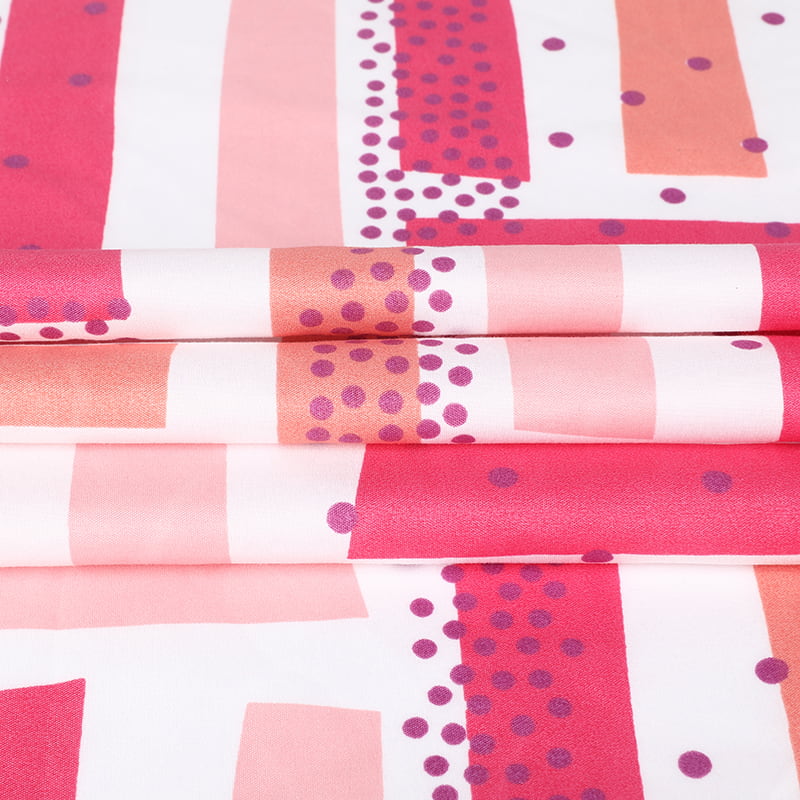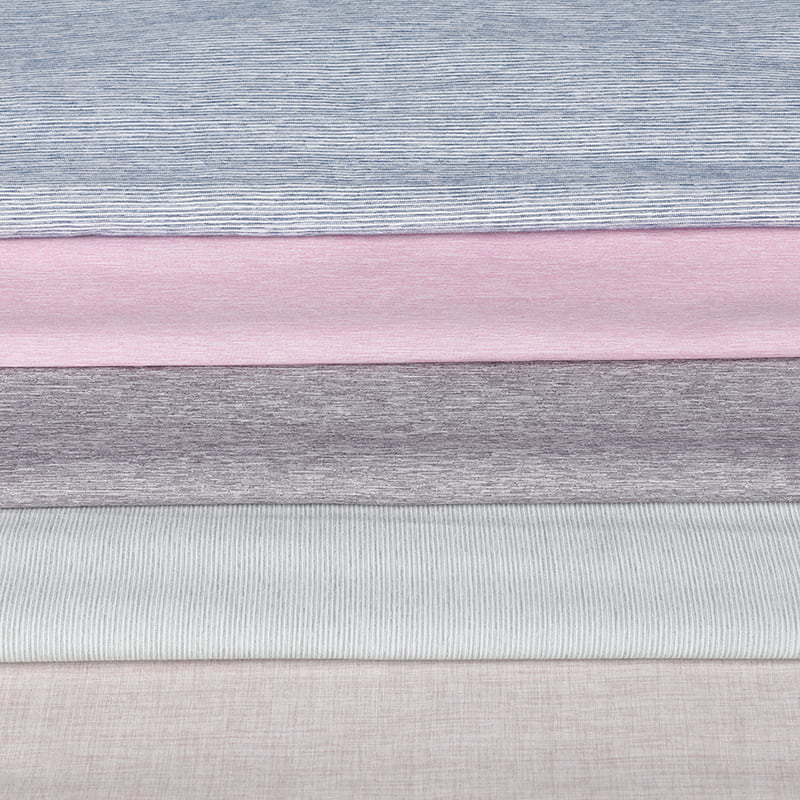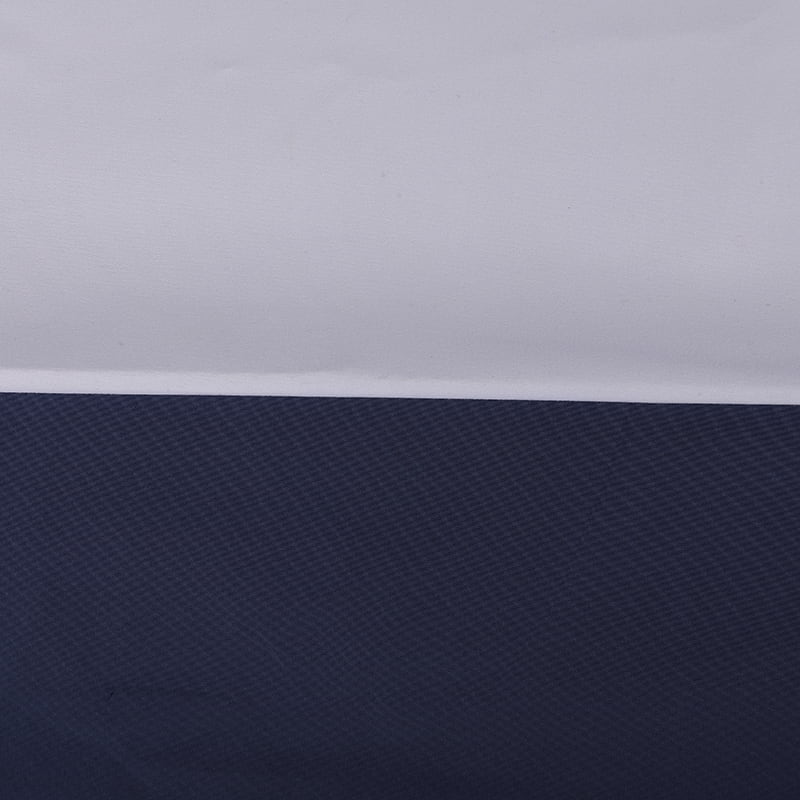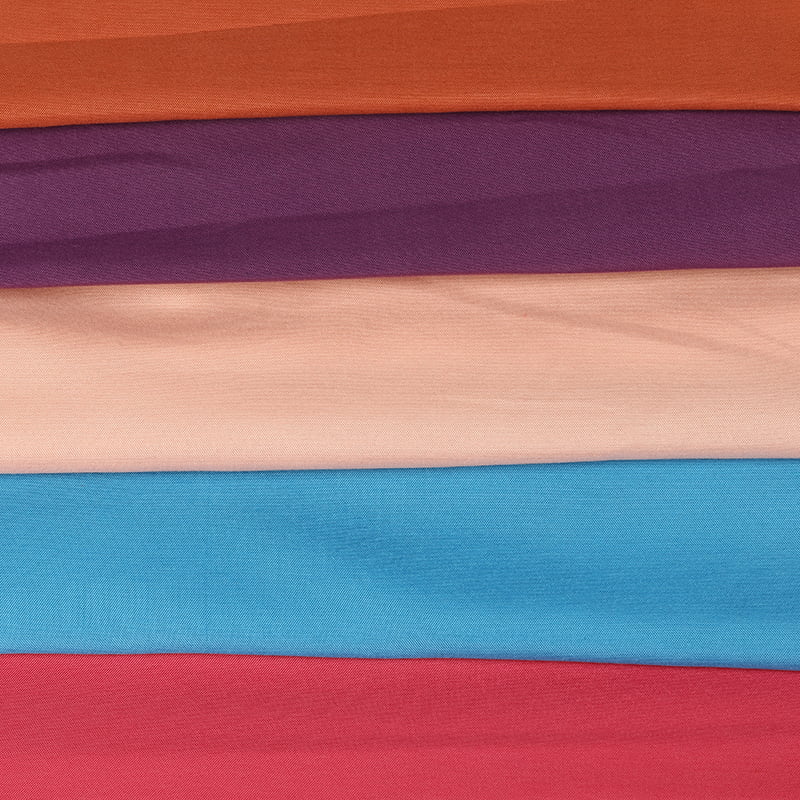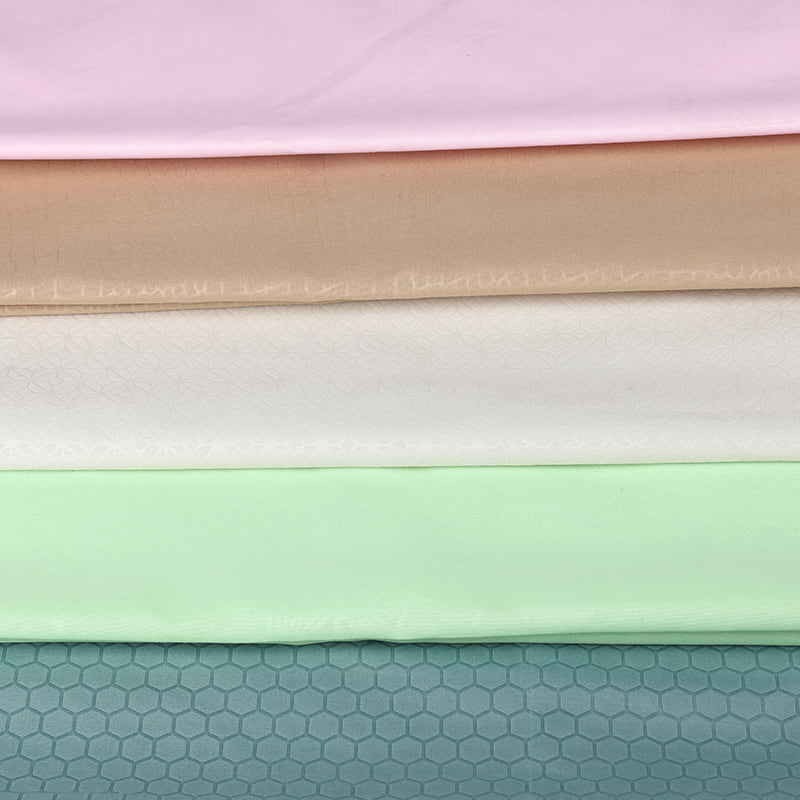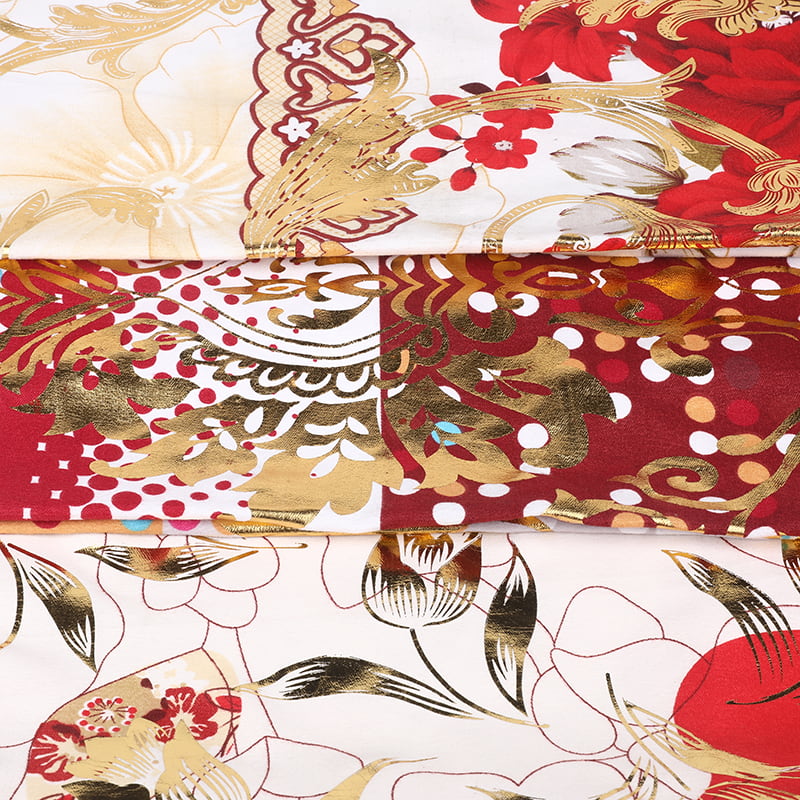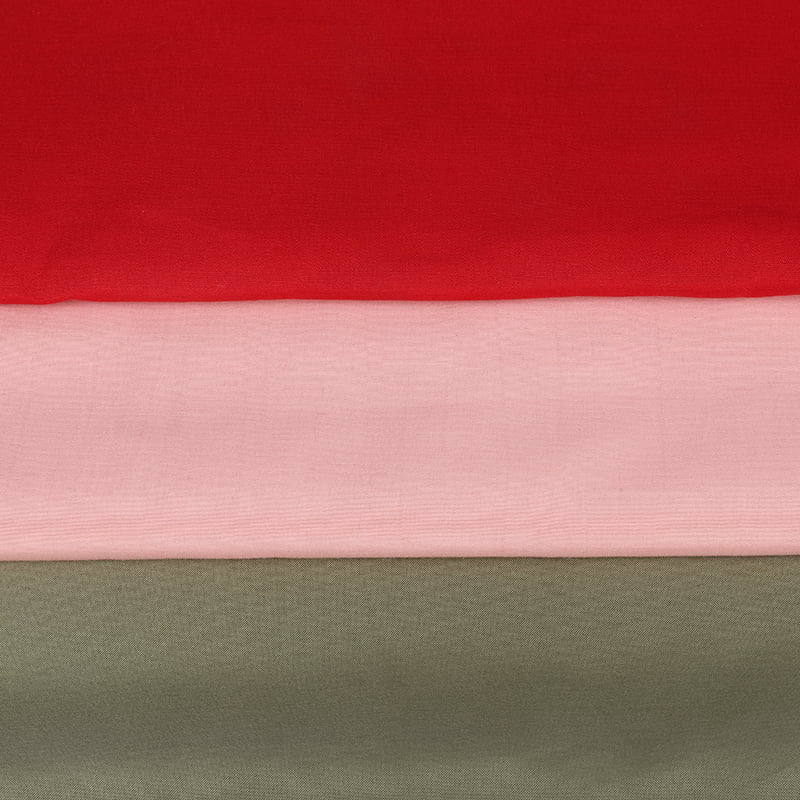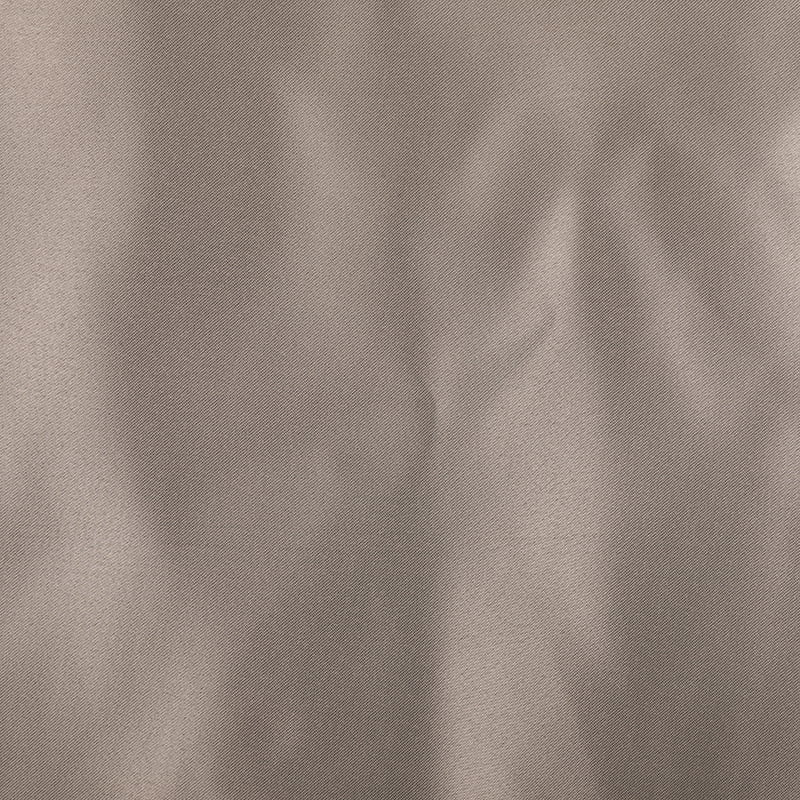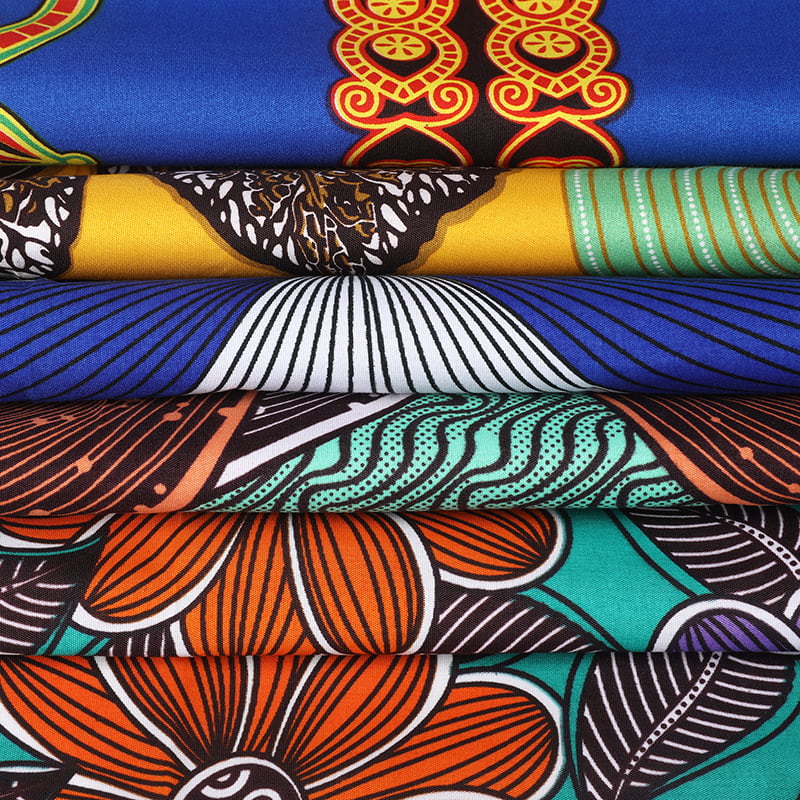Whether you’re a homemaker, a health care professional, or an athlete, chances are you use microfiber cloths to clean. These handy cloths can absorb and remove germs, oils, and dirt from surfaces. They’re also lint-free and non-abrasive, making them gentle enough for use on delicate surfaces and electronics.
Unlike cotton, Microfiber Fabric is made from synthetic materials. Most often, this is polyester, although nylon and other types of poly-amides are used too. These man-made fabrics are made using a process that requires no pesticides or a lot of water, which makes them more eco-friendly than natural fibers like cotton and silk.
Microfiber is extremely strong and durable, even more so than natural fibers such as silk and wool. It’s a good choice for upholstery, curtains, and even apparel. It’s a popular fabric for athletic wear, such as sports jerseys and swimwear, because it wicks moisture (perspiration) away from the skin, so athletes stay cool and dry even during strenuous activities.
The small, split fibers that make up microfiber have more surface area than a single, long strand of cotton. This gives the cloths a more powerful cleaning ability because they can catch and hold dusty debris better than conventional cloths, which tend to push the particles around rather than scoop them up. In fact, studies have shown that microfiber cloths can capture and remove dirt, bacteria, and even some viruses from surfaces – without any additional cleaning products or disinfectants.
This makes the clothes ideal for wiping down electronics and computer monitors, as well as glass stovetops and windows. The fibers aren’t static-free, however, so you should still use a separate, static-free cloth to wipe down sensitive components of electronic devices.
It’s important to wash your microfibers regularly so they stay lint-free and soft. Most microfiber cloths are machine-washable, and you should follow the care instructions on the tag. You should also avoid the use of fabric softener and other products that contain oil or cationic surfactants, because they can clog up the tiny fibers and reduce the absorbency of the cloth.
When sewing with these fabrics, you can use a standard ballpoint needle and polyester thread that matches the fabric type. Because the fibers are so fine, these fabrics are less likely to fray than other types of fabric, and they’re a bit more durable than woven cotton fabrics. You can also use a needle with a smaller gauge, such as a microtex needle.
While the fabric is fairly easy to sew, it’s also sensitive to heat. When ironing, use a low heat setting and a press cloth to protect the delicate fabric. Generally, you should pin the fabric to a piece of scrap or tissue paper before you iron it.






